This has been reported by the Industrial Association of Pet Care Producers IVH (Industrieverband Heimtierbedarf) and the German Pet Trade & Industry Association ZZF (Zentralverband Zoologischer Fachbetriebe).Added to this were sales totalling 580 mio euros that were trans
acted online, plus 98 mio euros for food for wild birds. The resulting overall figure of over 4.8 bn euros means that the sector has maintained the high sales level of previous years and continues to develop in a positive manner, according to the two associations.
Sales of pet convenience food in pet stores and supermarkets exceeded the figure of 3.17 bn euros from 2016 by 0.1 per cent and thus remained constant. As in the previous year, the pet requisite and accessories segment grew appreciably, recording an increase of one per cent (2016: +2.5 per cent) with sales amounting to 987 mio euros, (2016: +2,5 per cent).
Sales of dog food continue to grow
Growing by 2.2 per cent, the dog food market continued its growth trend of previous years in 2017 and yielded sales of 1.384 bn euros in bricks-and-mortar stores. Growth was driven by the sub-segments of treats (513 mio euros, up 3.6 per cent) and moist food (445 mio euros, up 3 per cent). The dry food category remained largely stable (minus 0.2 per cent) with sales of 426 mio euros. "Treats now offer more than a great flavour, they offer added benefits. Attention has also been given to improving the quality of both dry and moist food," says Norbert Holthenrich, president of the ZZF. "The sustained growth is also explained by the trend towards smaller pack sizes, which help to ensure that the food in the pet bowl is usually fresh."
Decline in cat food sales
Although the cat food market remained the largest food segment in 2017, sales in pet stores and supermarkets declined by 1.2 per cent to 1.58 bn euros. In contrast to the previous year, sales of both moist food (1.05 bn euros, down 1.5 per cent) and in the treat sub-segment (230 mio euros, minus 2.1 per cent) declined. On the other hand, the trend in the dry food sub-segment was more pleasing; after maintaining a constant level in the previous year, the bricks-and-mortar trade recorded a 0.7 increase in sales to 298 mio euros in 2017.
"In the dry food segment we are currently seeing great enthusiasm for innovation on the part of the manufacturers," says Georg Müller, chairman of the IVH. "As well as this, dry food is an important constituent of mixed feeding, a type of feeding that is…

 Menü
Menü

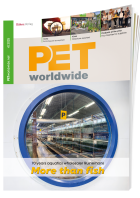



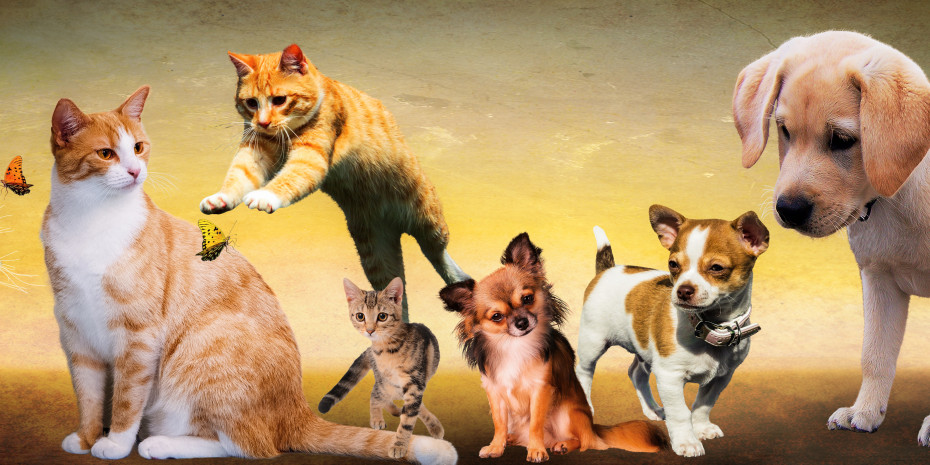


 4/2018
4/2018
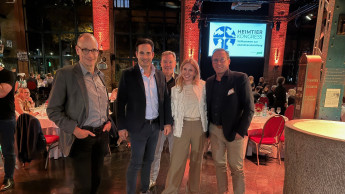
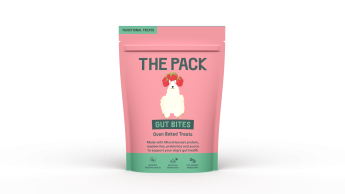
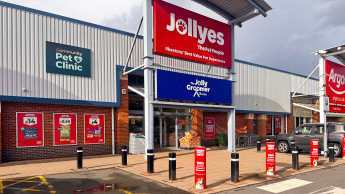
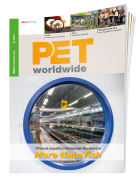


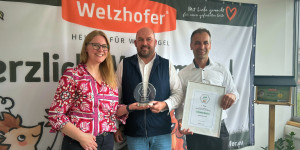


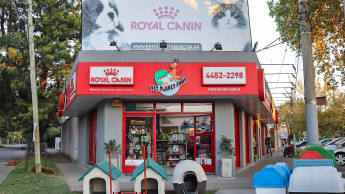
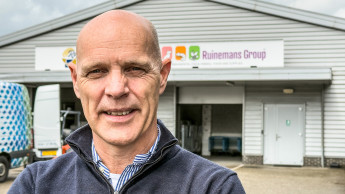
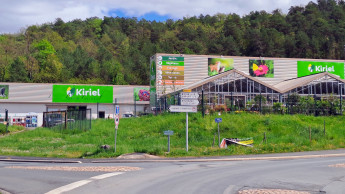
 Newsletter
Newsletter